Sony Alpha A500 Review
Sony Alpha A500
We take a look at Sony's latest mid-range DSLR

Verdict
Key Specifications
- Review Price: £538.99
In theory the consumer digital SLR market is split between five manufacturers, but in practice it’s always been a two horse race. Canon and Nikon control nearly 80 percent of the market between them, with Canon firmly in the lead taking somewhere in the region of 43 percent of unit sales and Nikon trailing slightly on about 35 percent. Until fairly recently the remaining 20 percent was split more or less evenly between Olympus and Pentax, but Panasonic’s successful G-series of mirrorless system cameras now accounts for about three percent of sales, while Sony has leapfrogged its way into third place with a growing share of around 11 percent of the market.
This is the result of a well planned and very successful strategy of launching the right models at the right time, frequently trumping the market leaders on vital selling points such as sensor resolution, live monitor view, in-camera image stabilisation and more importantly price. Sony has also seen the advantage of fielding a wide and varied range of models at different price points. The Alpha range now consists of eight cameras ranging from the £300 A230 to the £1800 full-frame A900.
Take this new Alpha A500 for example. It’s one of a trio of new mid-range Sony Alpha models, sitting in between the more powerful and more expensive A550 and the cheaper but simpler A450. It is competing directly with the Canon EOS 500D (£590 inc. lens) and the Nikon D5000 (£550 inc. lens), but manages to be cheaper than both while offering a tempting range of features and impressive performance figures. It is aimed at the experienced DSLR user who is upgrading from an entry-level model and is looking for more features and versatility.
Comparing the A500 to its two main market rivals, the first thing that stands out is that it’s quite a lot bigger and bulkier than either of them. It measures 137 x 104 x 84mm and weighs 597g body only, significantly larger and heavier than the D5000’s 127 x 104 x 80mm and 560g. By comparison the EOS 500D is tiny and waif-like at 128.8 x 97.5 x 61.9mm and 480g. Beauty is in the eye of the beholder, and I have heard the the mid-range Alpha cameras described as ugly, but personally I like the design. The lower two thirds of the body is covered in a comfortable textured rubber which makes the camera easy to grip and provides some level of impact protection. The A500 has a full handgrip similar to the A350 rather than the awkward half-height grip of the entry-level models such as the A330. The large size of the camera body does at least give plenty to hold onto, and the camera fills the hand nicely. Those of you with smaller hands may find it a bit of an awkward fit, but now you know how I feel about all those tiny pink ultra-compacts you make me review.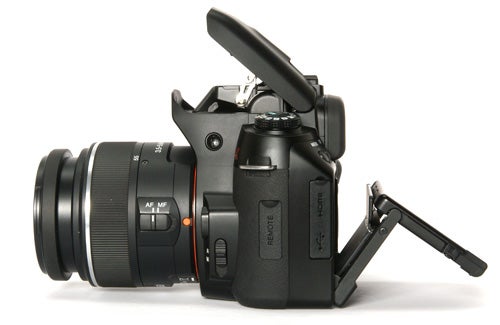
The overall build quality is good, certainly on a par with its main rivals. The body is made of plastic but the fit and finish are of a high standard, with no creaky panels or gaps at the joins. Like the D5000 and EOS 500D the A500 doesn’t make any claim to being weatherproof or especially rugged, but the various sockets are covered with tight-fitting rubber plugs and both the battery and card hatch have strong metal hinges. The card hatch is well fitted and looks like it should keep out most dust, but the gap around the battery hatch is rather wide.
There are no fewer than 13 buttons scattered over the expansive acreage of the camera’s body, as well as a mode dial, a slider switch for the live-view and a D-pad for menu navigation. Sony are usually very good at control ergonomics, and the A500’s controls are all well spaced out and clearly labelled, and the buttons are relatively large, although they do feel a bit “squishy” compared to some more professional cameras.
I wish Sony would make its mind up about its viewfinders. The quality ranges from the restrictively narrow tunnel of the A330 to the gorgeous sweeping vista of the A900, and everything in between. The A500 is towards the narrower end of the scale by recent standards, with 95 percent frame coverage and 0.8x magnification. It has a good clear data display along the bottom, but the amount of information shown is rather limited, with just focus confirmation, shutter speed and aperture setting, EV compensation and a camera shake warning. The nine focus points are clearly marked, but the red LED that illuminates them also causes a lot of glare on the right of the viewfinder, which can be a bit distracting especially in low light. At least it has a nice soft cushion around it, which won’t scratch your glasses. Like all Sony DSLRs it has an eye-start sensor which can be used to automatically focus as soon as the camera is raised to the eye.
One thing that Sony does better than any of the other DSLR manufacturers is its unique live monitor view system, which features full phase detection autofocus. Other manufacturers use the main imaging sensor for live monitor view, which means the reflex mirror has to be flipped up out of the way. Since the AF sensor is usually in the viewfinder lightpath this obviously means that the normal AF can’t be used, and other manufacturers have to use slower and a less efficient contrast detection AF system in live view mode. Sony gets around this by having a separate live view imaging sensor in the viewfinder lightpath. This means that the mirror can stay down and the faster viewfinder phase detection AF system can be used. Taking pictures in live view mode is also quicker with the Sony system, because the mirror only has to flip up once when the shutter is pressed.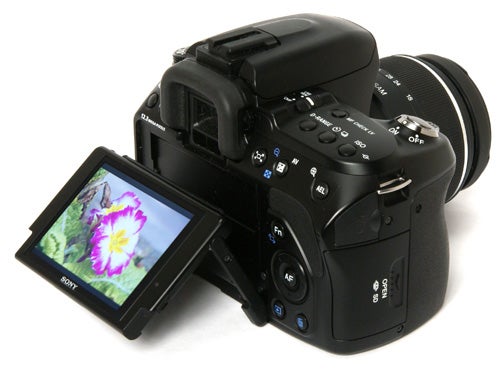
The monitor itself is a relatively low resolution three-inch 230k unit, but does have a very wide angle of view, and is articulated, folding out on a hinged frame that allows it to be tilted up or down by up to ninety degrees in either direction, ideal for studio use on a tripod or hand-held when shooting in a crowd. As with previous models the live view automatically previews the the exposure level in manual exposure mode, which is annoying when using an external flash in the studio, but the useful addition of the “MF Check LV” button allows the view to be checked at full brightness. This function flips the mirror up, which obviously deactivates the autofocus system, but by pre-focusing in normal live view mode the camera can be used effectively for studio photography.
The autofocus system is very good. It uses nine focus sensors, with a cross-type sensor at the centre point. It is extremely fast and accurate, and operates well in low light. Unlike its Nikon and Canon rivals the A500 has no AF assist lamp, instead using a very fast pulsed burst from the pop-up flash to illuminate the scene in very low light. The flash will pop up automatically in Auto mode, but must be raised manually in other modes.
One feature notable by its absence is any sort of video recording mode. When all of its rivals are incorporating HD video recording modes often with stereo audio into their digital SLRs, ommiting this feature might seem like an odd decision from Sony, but then the company did wait to implement live view on its DSLRs until it could get it right, so maybe it will surprise us with video quality to rival a Red One with 7.1 audio on its next generation of DSLR cameras, we’ll just have to wait and see. Whatever the reason, the A500 has no video, so if you feel a pressing need for moving pictures you’ll have to look elsewhere.
As a mid-range model the A500 does provide a reasonable level of creative custom control, although obviously not as much as a high-end semi-pro camera. In this respect it is about the same as the EOS 500D and D5000. Colour control consists of a range of pre-sets, which can be customised for saturation, contrast and sharpness. As well as this long-exposure noise reduction can be turned on or off and high-ISO noise reduction can be adjusted. Adjustments are made either via the main menu or a live function menu.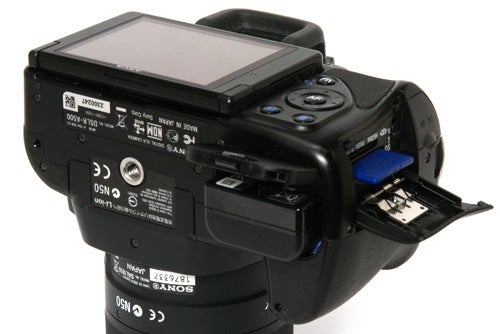
The A500 is equipped with Sony’s Exmor CMOS sensor and high-speed BIONZ processor, and takes full advantage of these to produce exceptionally fast performance. It can start up, focus, and shoot a picture in about half a second from a cold start, although the same is true of all current mid-range DSLRs. In single shot mode and JPEG-fine image quality it can maintain well over a frame a second even when focusing on moving subjects. In Raw+JPEG mode this slows down slightly to a shot-to-shot time of approximately 1.3 seconds with a class 6 SD card, although using a faster class 10 card speeds this up to 1.1 seconds. In continuous shooting mode at JPEG fine quality and using the viewfinder it can shoot at an impressive 5fps, faster than either the EOS 500D or D5000. Switching to Raw+JPEG mode it can shoot a three-frame burst in about a second, but then settles into a steady 1fps which it appears to be able to maintain indefinitely.
The A500 features Sony’s very effective Dynamic Range Optimiser system which we’ve seen before on other models, but takes it one step further, adding in-camera HDR imaging. Pentax introduced this technology in the superb K-7, and the results that it can produce were obviously enough for Sony to sit up and take notice. The A500 takes three shots in rapid succession then combines them into one image, adding at least a couple of stops of extra dynamic range to both shadow and highlight detail. It’s best used with discretion, but can make a big difference to high contrast shots.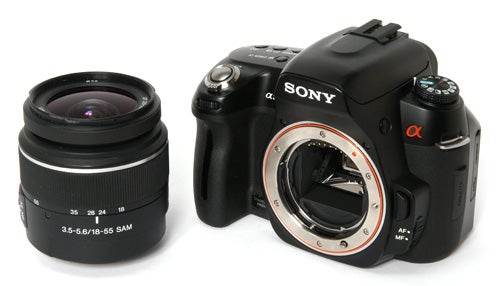
The A500 is available in a bundle with Sony’s recently introduced 18-55mm f/3.5-5.6 standard zoom lens. This is a much better kit lens than the old 18-70mm, and produces excellent corner-to-corner sharpness, good contrast and plenty of sharp detail. It does suffer from a tiny amount of chromatic aberration toward the edges of the frame, but this is easily tidied up in Raw mode. Other aspects of image quality are also impressive. The A500 has much better high-ISO noise control than some previous models, producing good clean shots at 800 ISO and an acceptable level of noise at 1600 ISO. Colour rendition in standard mode is very natural, exposure metering and white balance are accurate and consistent, and the overall appearance of images is very pleasing. It is capable of producing picture quality as good as anything else in its price bracket.
”’Verdict”’
The Sony Alpha A500 is a well-designed mid-range camera ideal for anyone upgrading from an entry-level model. It is rather bulky compared to its main rivals, but it is solidly made and handles well. It has a good range of features, excellent performance and reliably good image quality. If the lack of a video mode is no handicap then it’s certainly worth looking at.
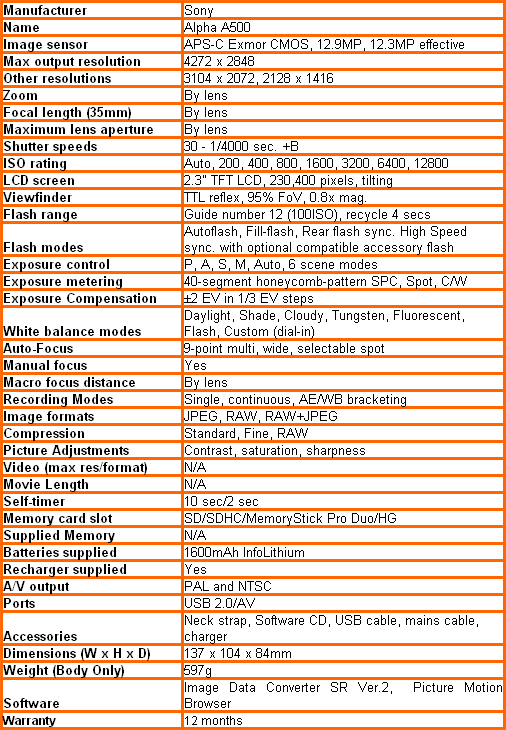
”Over the next few pages we show a range of test shots. On this page the full size image at the minimum and maximum ISO settings have been reduced to let you see the full image, and a series of full resolution crops have taken from original images at a range of ISO settings to show the overall image quality. These pictures were taken indoors using reflected natural light.”
—-

This is the full frame at 200 ISO.
—-
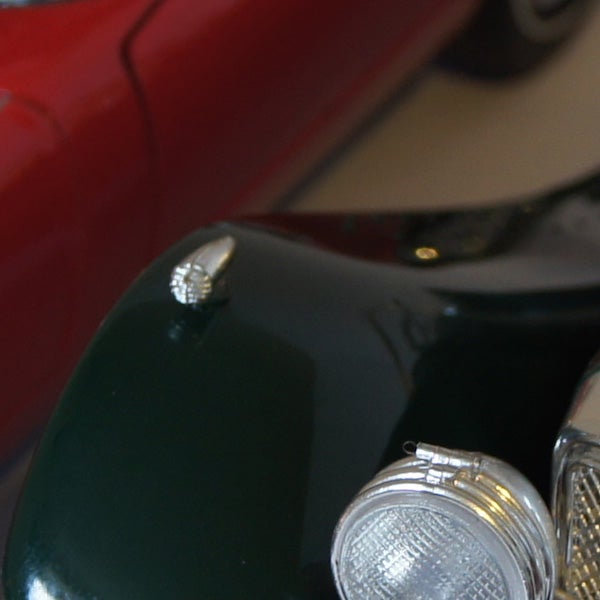
At the minimum ISO setting the image is clean and sharp.
—-
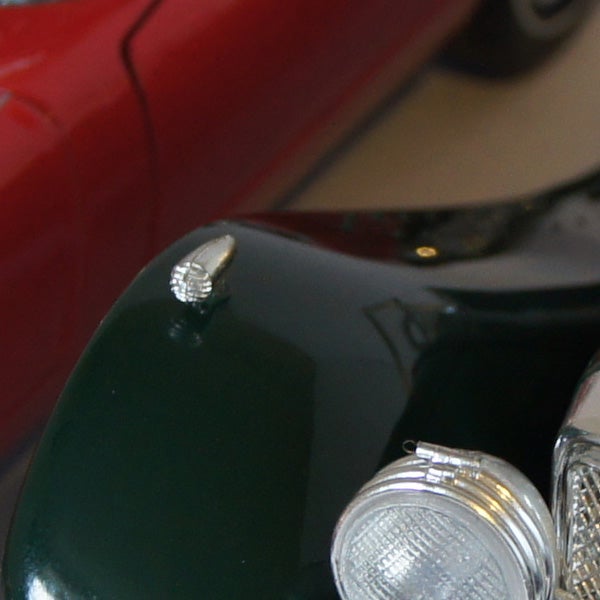
Still nice and clear at 400 ISO.
—-
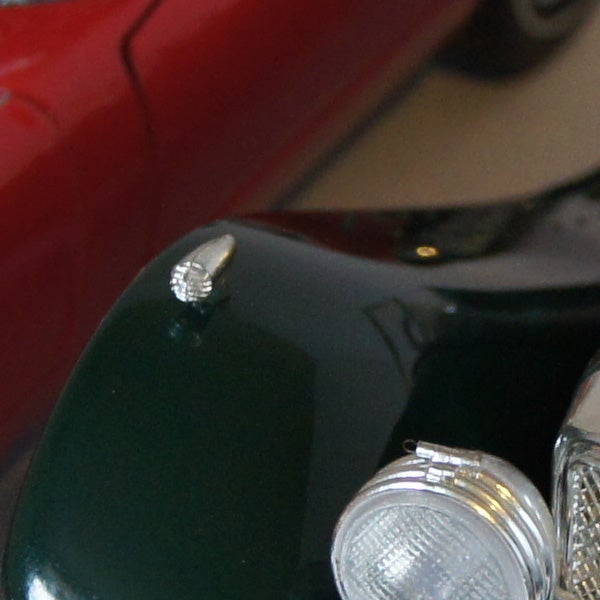
Still no problems at 800 ISO.
—-

A bit of noise is starting to show through at 1600 ISO, but the image quality is still quite usable.
—-

More noise at 3200 ISO, but there is still plenty of fine detail.
—-

Image quality is starting to suffer at 6400 ISO, but colour rendition is still OK.
—-

Image quality is pretty ropey at 12800 ISO, as well it might be.
—-

This is the full frame at maximum ISO.
—-
”A range of general test shots are shown over the next two pages. In some cases, the full size image has been reduced for bandwidth purposes, and a crop taken from the original full resolution image has been placed below it to show the overall image quality. Some other pictures may be clicked to view the original full-size image. ”
—-

Here’s my usual DSLR test shot of Sidmouth seafront for comparison with other cameras. Click on the image to download a full-size version, but be aware that the file is 5.6MB.
—-
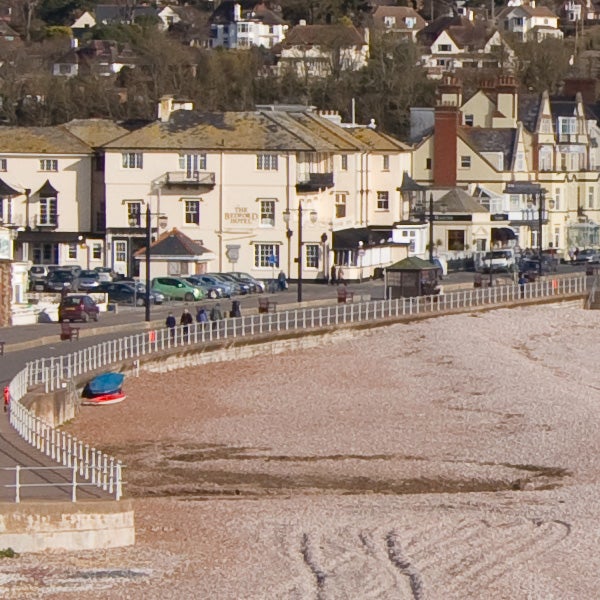
Compare this with similar shots from the Canon EOS 500D or Nikon D5000. As you can see the A500 acquits itself well against its rivals.
—-
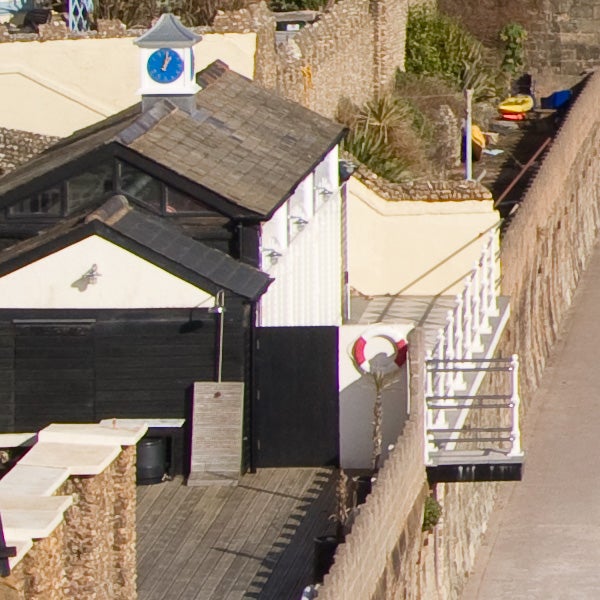
This is the edge of the frame from the same shot. It’s nice and sharp but there is a little chromatic aberration.
—-

A quick dose of Adobe Camera Raw soon fixes the minor CA problem.
—-
”Here are some general test shots to help evaluate the camera’s overall image quality, including dynamic range, colour rendition and the zoom range of the lens. Some pictures may be clicked to download the full size original image. ”
—-
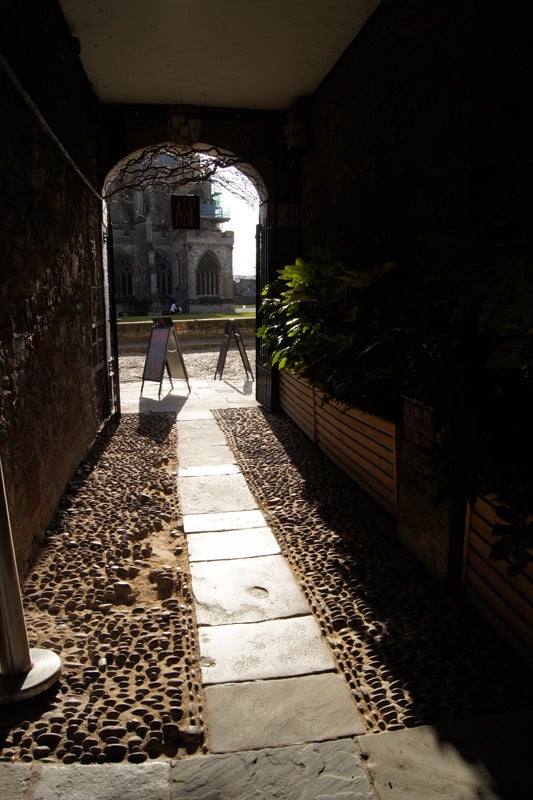
Using the standard DRO this high contrast shot has little shadow detail.
—-
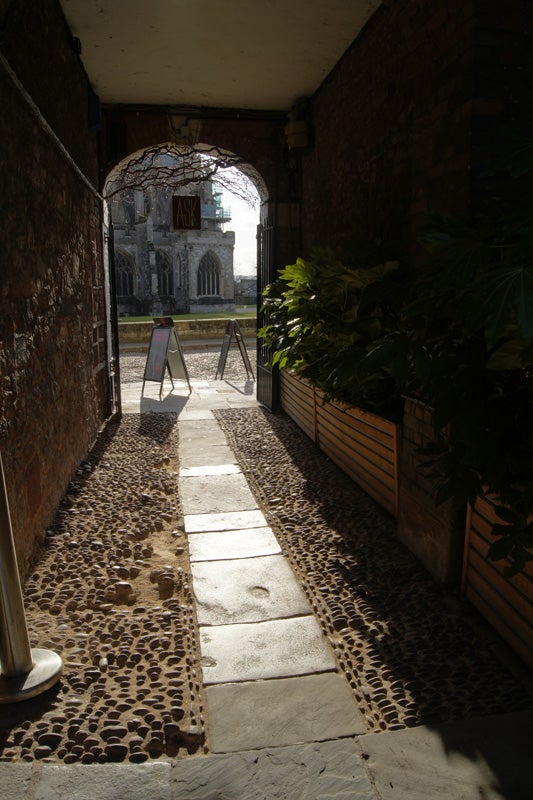
The in-camera HDR feature has improved both shadow and highlight detail.
—-

—-
—-
—-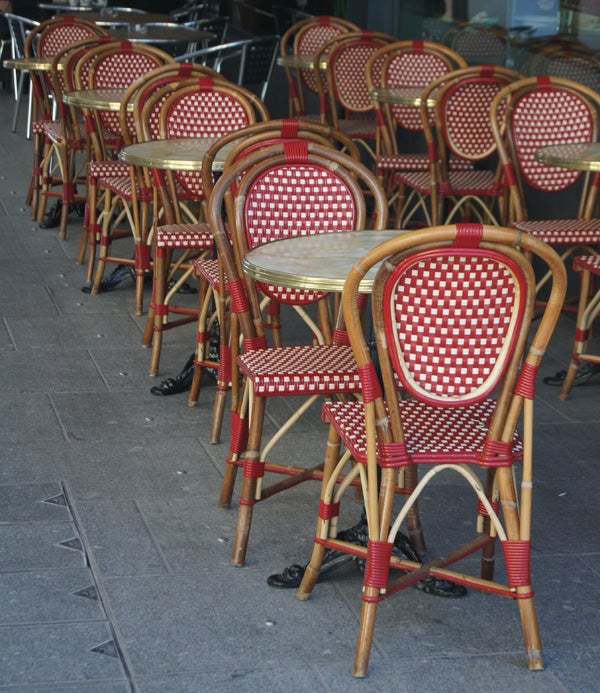
—-
—-
Trusted Score
Score in detail
-
Value 9
-
Image Quality 9
-
Build Quality 8
Features
| Camera type | Digital SLR |
| Megapixels (Megapixel) | 12.3 Megapixel |
| Optical Zoom (Times) | By lensx |
| Image Sensor | CMOS |
| Image Stabilisation | Optical |
| LCD Monitor | 3 in |
| Flash modes | Auto Flash, Flash ON, Flash OFF, Red-eye Reduction |
| Memory card slot | Memory Stick PRO Duo, Secure Digital (SD) Card, Secure Digital High Capacity (SDHC) Card, Memory Stick PRO-HG Duo |

